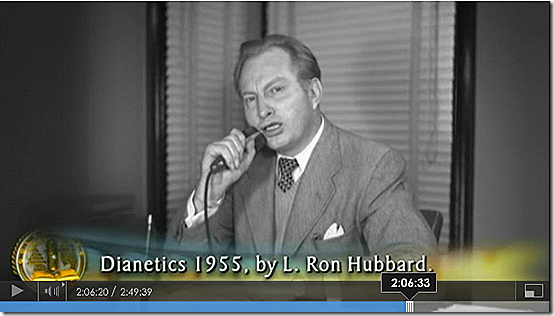
Preserving the Authenticity of My Religion
I personally have quite a bit of respect for all great religions of the world. I think that by and large, their founders and original proponents were quite enlightened, and had some fairly star-high goals for man – both in terms of morality and enhancing mankind’s ability to interact with one another, as well as high goals for mankind’s inherent spirituality.
Hear-say or Heresy?
There’s been an impediment that (I would say) every religion has had to deal with, however, and that is with respect to the communication and preservation of their exact religious beliefs, scriptures and teachings. In the earlier days of man, the primary way that beliefs and customs could be passed on generation to generation was in song, in the spoken word, and in some cases – someone was bright enough to write down what it was that they heard into book form.
Unfortunately there is often a wide variance between what the founder of a religion actually said, and what the individual who hears it all verbally takes away from such an experience.
Every religion has this issue to one degree or another. From the Bhagavad-Gita to the King James edition of the bible, so many enlightened texts have relied in whole or in part on the interpretation of another (or of committees & parliamentary bodies) on what the founder originally taught. Ancient Hindu texts at least maintained a distinction between “Śruti” (what was heard) and “Smriti” (that which was remembered), so as to differentiate texts that were transcribed exactly and texts which were taken from memory, passed on generation-to-generation, and which tended to change with language and custom over time.
Many other religious traditions do not make this distinction, and as such, changes that have resulted from either the decisions of a body of people, the quality of a translator, or the level of understanding of the one hearing the story, could then materially affect the most fundamental texts of that religion and its beliefs.
Now please understand, I mean positively no disrespect to any enlightened text which forms the scripture of any religion. In all cases, having such beliefs written at all has uplifted and continues to uplift hundreds of generations, and that can’t be discounted.
Case in Point

My reason for writing this, is I recently finished a study of the Dianetics Professional Course lectures at the Founding Church of Scientology in Washington, DC.
The Dianetics Professional Course lectures were originally known for some decades as a book called “Notes on the Lectures” – a compiled book, taken from the notes of students who were there in the fall of 1950, listening to L. Ron Hubbard give the lecture. It was assumed for some years that the original taped recordings of the lectures were lost, so this verbal summarization – amounting to what the students understood from the lectures as they were given – were all that remained.
Then, just a few years ago, the original tapes of the lectures were located. However, due to the fact that the tapes had been sitting in sub-optimum storage for over 50 years, it was assumed that they were not going to able to be reproduced for public listening. However, after a massive effort by Golden Era Productions, the tapes were in fact able to be restored so that all could listen to them.
A fantastic video to watch which gives the details of how much care was put into such, is available to watch on the Scientology website:
Now, I’ve had the opportunity to read the previously-issued Notes on the Lectures book nearly-back-to-back with the actual lectures that Mr. Hubbard gave, and the result is both shocking and sobering. There are some portions of the Notes on the Lectures book where one can fairly well understand which lecture it is that the student note-takers were talking about, as it seemed they were tracking with the lecture.
In other places, though – especially with some of the diagrams they came up with, it seems like they either missed the point entirely, or were making up their own vision of what Mr. Hubbard was talking about.
The actual lectures give the first, best, and most amazing view of the relationship of the properties of affinity, reality (agreement) and communication, and how they relate to a person’s mental health. It’s really quite an amazing study – even if someone studying it wasn’t planning on giving someone a Dianetics session.
But my painful realization, in this case, was not only how wildly off-base the Notes on the Lectures book had been, but it put into perspective how lucky we are that our oldest texts in Scientology are only 68 years old, and are (in most cases) actually available for restoration. When Mr. Miscavige and the Sea Organization members involved were verifying and validating the books that Mr. Hubbard wrote, and that the original intended text did indeed make it into the print copy, luckily the original wax transcription disks and manuscripts were still available, albeit sometimes only through extremely painstaking restorative work. Had this selfsame work been attempted in 50 years from now, the originals would have been so degraded that a proper verification would have been impossible.
It made me wonder – how much of what we know of today’s world religions is actually how the founder or spiritual leader taught or said? How much of it was faithfully passed on with fidelity, and how much was either altered completely or made up whole cloth? That much, we’ll unfortunately never know.


I agree with every factor that you have pointed out. Thank you for sharing your beautiful thoughts on this.